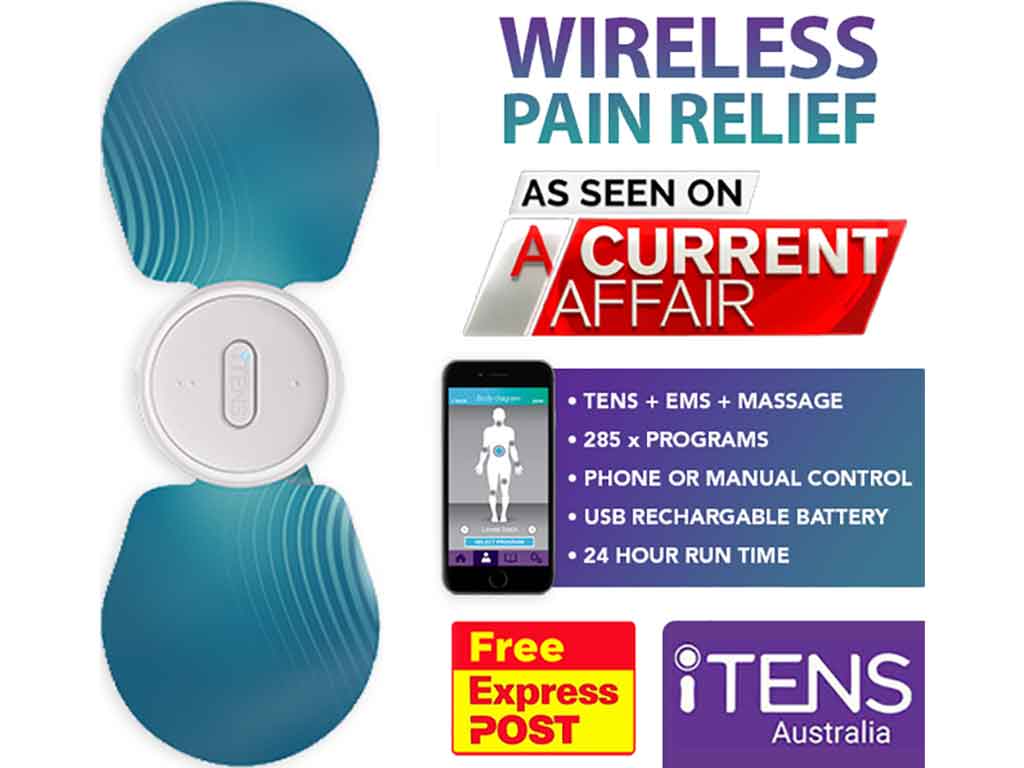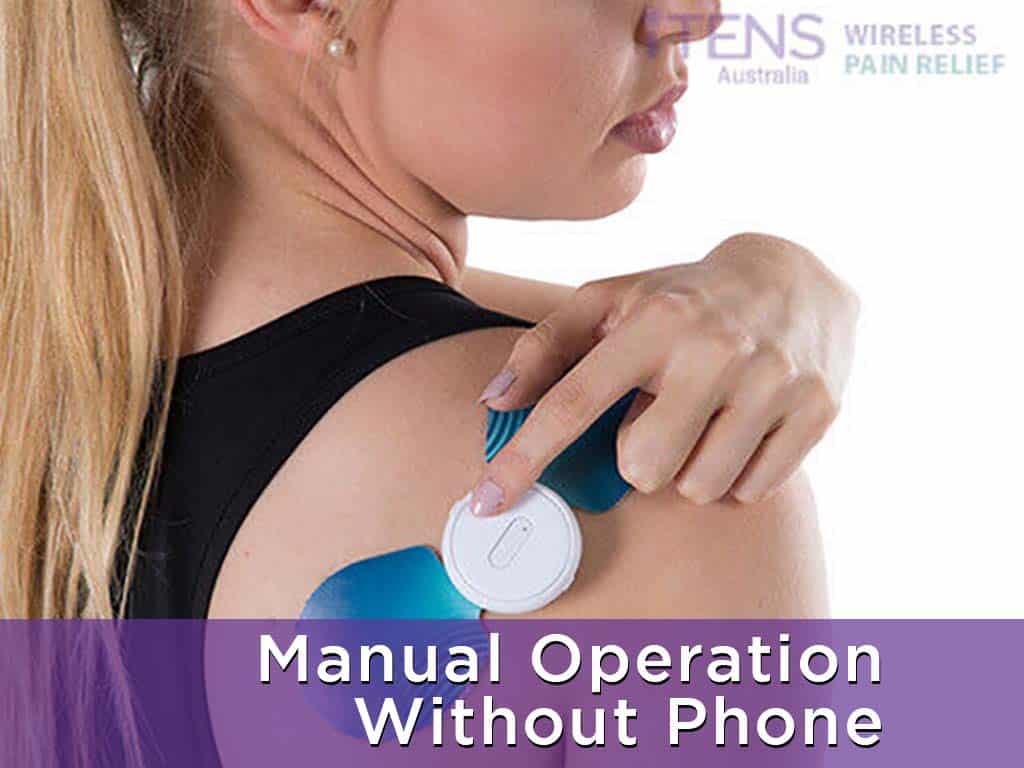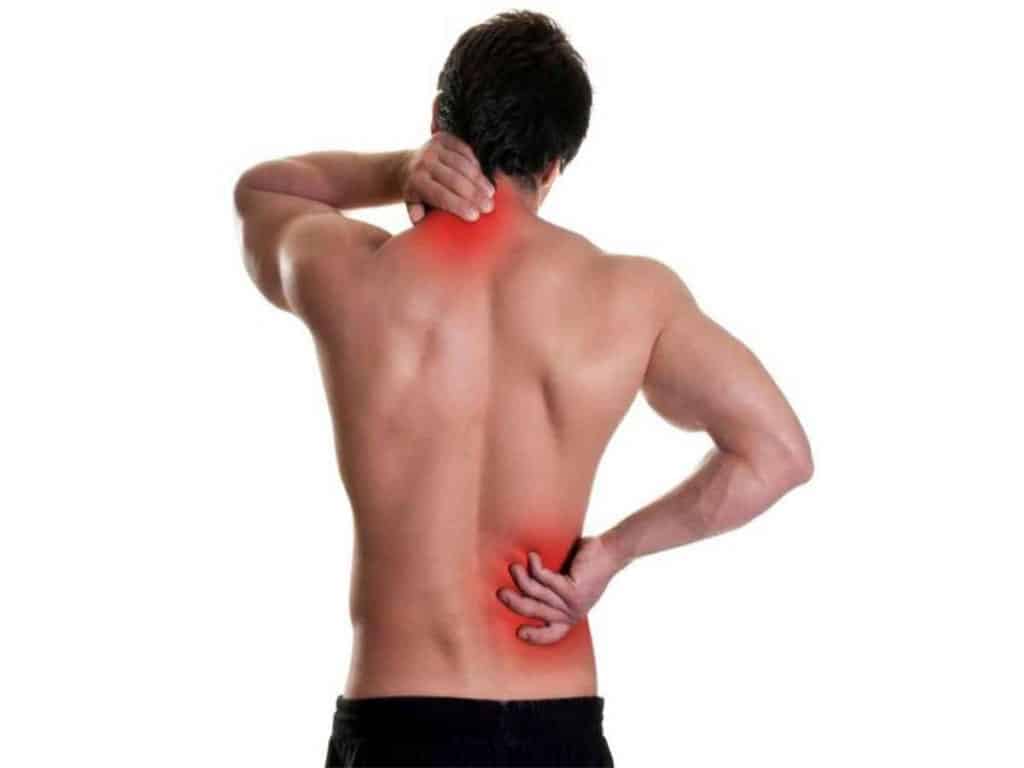
Transcutaneous Electrical Nerve Stimulation (TENS) is a drug-free and non-invasive method of pain relief. It involves a portable device. TENS works by blocking pain signals, triggering the release of endorphins, and improving blood circulation. A TENS instrument can help manage various types of pain. These include chronic pain, acute pain, musculoskeletal pain, and neuropathic pain. Nevertheless, it is always advisable to consult a health professional before starting electrotherapy.
Pain is a common human experience, and people have been using various methods for pain relief. The search for effective pain management methods includes painkilling medications and physical therapies. Fortunately, the development of TENS devices extends a promising alternative. Medical professionals, pain clinics, healthcare providers, and people often use TENS to treat different types of pain. This article will provide information about a TENS device, including its mechanism of action and the types of pain it can help manage.
Overview of TENS Instrument
A TENS instrument is a portable device that can provide natural pain relief. It sends electrical impulses through the electrodes placed on the skin to stimulate the sensory nerves. In addition, a TENS medical device typically uses thin wires to connect the unit to the electrodes. However, some modern versions have wireless pads, utilising Bluetooth technology to control the electrical stimulation.
TENS devices come with a range of features to cater to different needs. One of the main features is adjustable settings to control the strength, frequency, and duration of the pulses. This allows users to customise their treatment according to their comfort level and pain severity. Moreover, some electronic devices offer multiple modes of operation with various patterns of stimulation.
Furthermore, the electrode pads can be self-adhesive or require a conductive gel. They stick easily to the skin and provide a comfortable and secure connection for the electrical currents. The pads are typically reusable, although they may need replacement after some time due to wear and tear. Lastly, the device may use single-use or rechargeable batteries.
Components of the Instrument
- Electrode pads: these are the sticky patches that adhere to the skin and deliver electrical impulses to the skin
- Wires: these connectors link the electrode pads to the primary unit, facilitating the transmission of electrical signals
- Main unit: this component serves as the control centre, allowing users to adjust settings such as pulse duration, pulse amplitude, and pulse rate
- Battery: provides the power for the TENS device to function, either through replaceable or rechargeable options
- LCD display: offers users visibility and control over their device operation.
- Buttons: these controls enable users to navigate through the settings and adjust parameters easily

Mechanisms of Action of TENS Instrument
A TENS instrument sends electrical impulses through electrode patches that people place on the skin. The pulse rate or frequency of the stimulation is adjustable to suit different needs or preferences. Low-frequency TENS (10 Hz and below) cause the nerves to become less sensitive and can trigger the release of endorphins. It is also the ideal setting for chronic pain treatment.
Meanwhile, high-frequency TENS (50-120 Hz) stimulate the sensory nerves to block pain signals. This has short pulses and intensity, often characterised by strong but comfortable sensations. It is a suitable setting for people with acute pain. It also has an analgesic effect on activity-induced musculoskeletal pain and fatigue and increases mobility.
Moreover, TENS has been shown to impact blood circulation in the treatment area. The electric nerve stimulation can promote vasodilation, which is the widening of blood vessels. This action facilitates the delivery of oxygen and nutrients to the body tissues. Hence, it contributes to the reduction of inflammation and the promotion of tissue healing.
Understanding Frequencies and Intensities
Frequency refers to the number of pulses or cycles of electric current per second. The typical frequencies in TENS therapy range from 1 to 150 Hz. Lower frequencies, such as 1-5 Hz, are suitable for chronic pain. Meanwhile, higher frequencies, such as 80-150 Hz, are for acute pain.
Intensity is the strength or power of the electrical currents, measured in milliamps (mA). It influences how deeply the electrical signals penetrate the body. Generally, TENS therapy starts with a low intensity and gradually increases to a comfortable level. Finding the right intensity is essential for maximising the benefits of TENS.

Types of Pain Managed by TENS Instrument
A TENS instrument is a versatile tool for managing a wide array of painful conditions. It provides an effective means of aiding chronic pain conditions. This may stem from ailments like arthritis, backaches, and migraine. Accordingly, TENS therapy is beneficial for treating acute pain conditions. This may include primary dysmenorrhea, labour pain, postoperative pain, tension headaches, and sports injuries.
TENS therapy is frequently used to treat musculoskeletal pain. This includes a range of conditions, including osteoarthritis pain, joint pain, and rheumatoid arthritis. Furthermore, TENS is a valuable tool for people grappling with neuropathic pain. This includes conditions like sciatica, diabetic neuropathy, post-herpetic neuralgia, and other forms of nerve-related discomfort.
In addition, TENS electric stimulation is effective for managing various forms of muscular pain. This involves tension-related discomfort, overuse injuries, and muscle soreness. TENS machines aid in relaxing muscle tissues, reducing soreness, and promoting muscle recovery. It is crucial to know the treatable conditions to assist individuals in enhancing their quality of life.
When to Seek Professional Help?
People should consult a health professional if they experience severe or worsening pain despite using a TENS device. It may also include new or unexplained symptoms. The reason is that this may indicate an underlying health issue that requires medical attention. In these cases, a doctor can determine the cause of the pain and explore other treatment options.
Additionally, it is necessary to seek medical care if individuals have allergic reactions that persist after using a TENS therapy unit. Allergic reactions may include skin rashes, itching, or swelling at the electrode placement site. A healthcare professional can assess the situation and provide appropriate guidance.
Conclusion
In conclusion, the TENS instrument offers portable and natural pain relief by sending electrical impulses through electrode patches on the skin. It provides adjustable pulse rates to cater to varying needs, with low-frequency reducing nerve sensitivity and high-frequency blocking pain signals. TENS also enhances blood circulation, aiding in inflammation reduction and tissue healing. With its user-friendly design and versatile mechanisms of action, TENS devices present a promising pain relief option.
TENS devices effectively manage various types of pain, including chronic conditions like arthritis and acute ailments such as postoperative discomfort. They are particularly useful for musculoskeletal and neuropathic pain. However, users should seek professional help if they experience severe or worsening pain despite TENS therapy. Consulting a healthcare provider ensures proper evaluation and exploration of alternative treatments, promoting overall well-being and pain management. People interested in wireless TENS devices may check iTENS Australia.




















